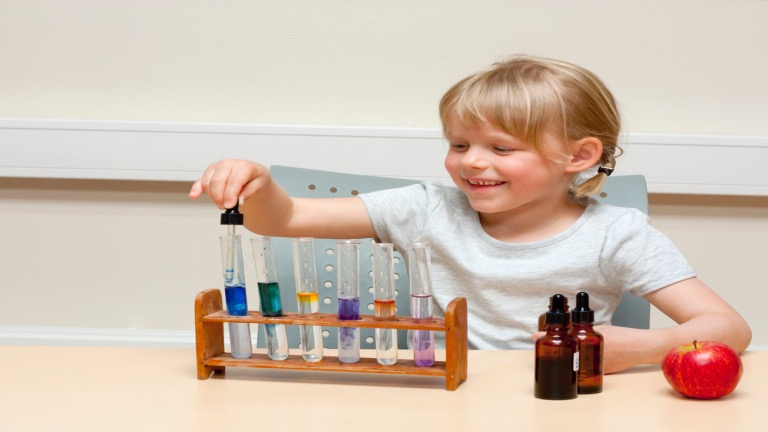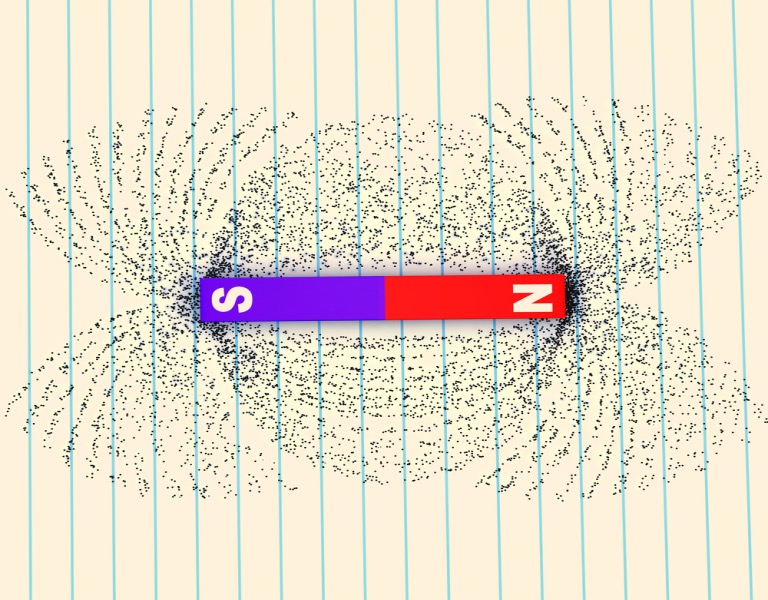Does your kid love science? Or maybe you want to let your children in the wonderful world of discovery? No matter what your reason is, there are scientific gifts kids will surely enjoy.
Smartphones are the usual go-to gifts during our current time. However, too much technology gives rise to concerns about proper development and its side effects on kids’ childhood.
Scientific gifts are great for your children because they’re not just toys. Giving these gifts to children will pique their interest and can even affect how they want their future to turn out. And the best way to explain how to choose gifts is by illustrating them with real-life examples! Expand your children’s imagination with these 6 amazing science gifts.
For Your Future Chemist
There are various chemistry kits available that can even be delivered to your door. Take advantage of your child’s curiosity and make them realize there are more than bright lights and noisy toys for them. There are many things in the world that they can discover and understand.
Get lost in the colorful world of chemistry with your kids. Watch colors emerge and merge – you’ll have fun with the beautiful colors while teaching your kids the properties of various materials.
Some of these chemistry sets are as follows:
1. Color-Changing Milk
Play with annatto (orange-red food coloring), liquid soap, methylene blue (blue dye), and eosin (red dye) in this chemistry set. You just have to put drops of each of the contents of the kit and watch the colors float on the surface of the milk. The liquid soap is the one that breaks the bonds of the water molecules so the colors can ripple through the milk.
2. Acidic Patterns
This set includes reagents of sodium carbonate, sodium hydrogen sulfate, and thymol blue. Introduce your child to acids, pH levels, and how they work with this chemistry kit. When the reagents are added to a basic medium, they turn blue, while if added to an acidic one, they’ll turn orange.
3. Magic Liquid

Similar to the previous kit, this Magic Liquid set lets your child know the pH level of the solution based on their solution.
- Red = pH < 1
- Orange = pH ~ 2
- Yellow = 3 < pH < 8
- Grey = pH ~ 9
- Blue = pH > 10
For Your Future Physicist
Cultivate your kids’ love for science at an early age. Help them learn something with every experiment involving matter and energy to unlock their connection with the physical universe.
4. Hydrophobic Sand
There is sand that doesn’t get wet in water? Yes! In this at-home experiment, your child will realize that not everything gets wet when hit with water. You’ll also be able to tell them why – special coatings keep the water out, like what waterproof fabric and plant leaves do.
5. Ferrofluid
Ever wonder how people in space fuel their spaceships? Back here on Earth, we can simply put gas in our cars because of gravity, but gravity doesn’t exist in space. That’s why NASA engineers invented ferromagnetic fluid that uses magnets instead of gravity.
6. Magnetic Field Visualizer

Magnetic fields are essential to life on the planet. What causes magnetic fields? It’s the rotation of the Earth on its axis. Show your kids how magnets work with a magnetic field visualizer. Help them identify the north and south poles – the opposing poles that repel each other.
Other Scientific Gifts for Children
The world is big, and there are many experiments that will entertain and teach kids. Aside from chemistry sets, you can find more options here. The lessons they get from these experiments will help them understand how the world works and will aid them in absorbing knowledge better.
Here are some science experiments you can do at home:
Baking Soda and Vinegar
Who doesn’t love fizzing and rockets? Your kids will surely enjoy an action-packed experiment with baking soda and vinegar. You can also use a pack of coke and menthol. There are many variations of this scientific observation you can try:
- Baking Soda Volcano. Simply put baking soda at the bottom part of a container – any shape will do! You can also use playdough for a vase. Choose a fun container so your children can watch the bubbles climb up to the lid when they pour vinegar into it. Add some food coloring for more fun.
- Blow Up Balloon. Blow a balloon by pouring vinegar into a plastic bottle and some baking soda inside the balloon. Cover the bottle’s top with the balloon and watch the balloon expand!
- Jumping Seeds. In a large glass, mix water and baking soda. Next, add some apple seeds and lemon juice. Watch the seeds jump up and down.
Oil
You can include this household item in your children’s homemade science kit and make a lava lamp or waves in a bottle.
- Lava Lamp. This density experiment is a favorite among science experiments because it’s both easy and stunning. Teach your children liquid density and chemical reactions with a simple lava lamp with bottles, water, food coloring, oil, and Alka seltzer tablets.
- Waves in a Bottle. Missing the beach? Especially with the pandemic’s restrictions, spending time with the ocean may be impossible. Create your own waves with this simple science experiment. Gather your jar, oil, water, and food coloring, and start making waves!
Cornstarch
Just mix cornstarch with water and make oobleck, or mix it with vinegar to create substitute rubber – there are many things you can do when you include cornstarch in your homemade science experiments.
Be Safe While Learning Science
Always remember to make the safety of your kids and yourself a priority; before doing the experiments, you should read the safety precautions and understand how the experiments are done.
Try these experiments with your kids, not only will they break free from pandemic boredom, but they also learn so much more!
